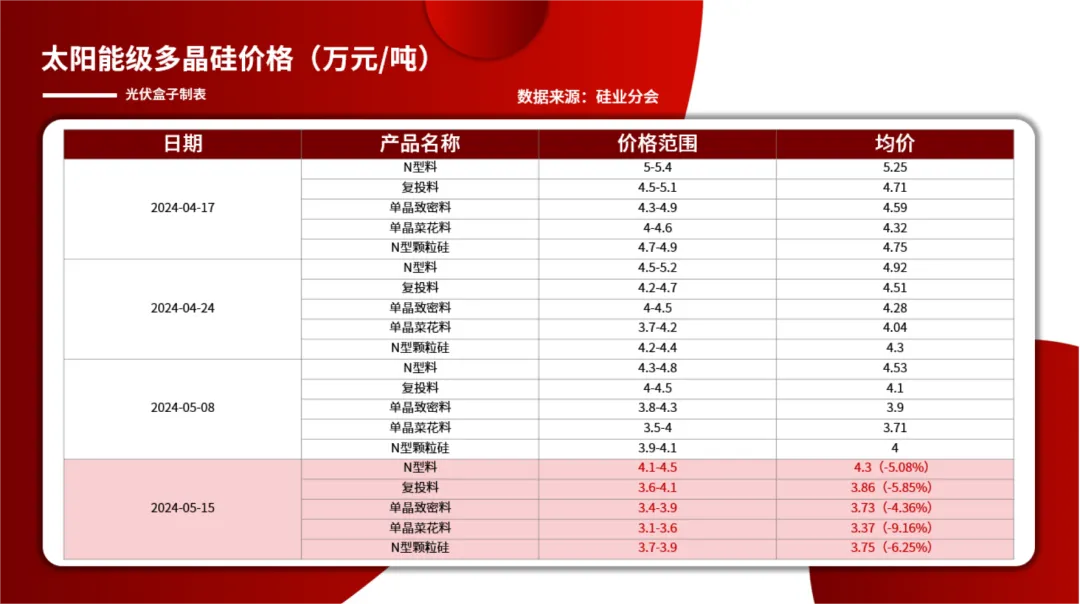Understanding Solar Panel Sizes and Their Energy Production Capabilities
Understanding Solar Panel Dimensions and Output A Comprehensive Overview
As the world shifts toward renewable energy sources, solar panels have emerged as a leading solution for harnessing the sun's power. However, when considering solar panel installation, one must understand the relationship between panel dimensions and their energy output. This article delves into the various aspects of solar panel dimensions and their impact on energy production.
The Importance of Solar Panel Dimensions
Solar panels come in various dimensions, which are influenced by their design, technology, and intended application. Standard residential solar panels typically measure about 65 inches by 39 inches, while commercial panels might be larger, ranging up to 77 inches by 39 inches. Despite these variations, the dimension of a solar panel directly correlates with its capacity to capture sunlight and convert it into electricity.
Power Output and Dimensions
The power output of a solar panel is measured in watts, and it indicates how much electricity the panel can generate under optimal conditions. Typically, residential solar panels have power ratings that range from 250 watts to over 400 watts. Larger panels generally produce more electricity, but this isn’t solely determined by their size; it also depends on the efficiency of the solar cells used and the overall design of the panel.
The efficiency of a solar panel is critical in determining how much sunlight it can convert into electricity. Innovations in solar technology, such as monocrystalline and polycrystalline cells, have significantly improved efficiency levels. Monocrystalline panels, for instance, are known for their higher efficiency rates, often exceeding 20%, which means they can produce more electricity from the same amount of solar exposure compared to their polycrystalline counterparts, which typically operate between 15% and 18% efficiency.
Factors Influencing Power Output
solar panel dimensions and output

Several factors influence the output of solar panels, including
1. Location The geographic location determines the amount of sunlight a panel receives. Areas closer to the equator receive more direct sunlight year-round, resulting in higher energy production.
2. Angle and Orientation The angle at which solar panels are installed can dramatically affect their output. Ideally, panels should be positioned to face true south (in the Northern Hemisphere) or true north (in the Southern Hemisphere) at an optimal tilt to maximize exposure to sunlight.
3. Weather Conditions Overcast conditions, snow, and dust can reduce solar panels' efficiency. Regular maintenance, such as cleaning the panels, can mitigate these issues.
4. Temperature While solar panels require sunlight to function, their efficiency can drop in extremely high temperatures. Understanding the thermal limits of solar panels is essential for optimizing performance.
Conclusion
In summary, understanding solar panel dimensions and their impact on output is crucial for anyone considering solar energy as a viable solution for power needs. As panel sizes and efficiency continue to evolve, prospective buyers should carefully evaluate their options based on the space available, energy requirements, and local environmental conditions. By selecting the right combination of dimensions and technology, homeowners and businesses can significantly enhance their energy independence while contributing to a more sustainable future.
-
Unlocking Energy Freedom with the Off Grid Solar InverterNewsJun.06,2025
-
Unlock More Solar Power with a High-Efficiency Bifacial Solar PanelNewsJun.06,2025
-
Power Your Future with High-Efficiency Monocrystalline Solar PanelsNewsJun.06,2025
-
Next-Gen Solar Power Starts with Micro Solar InvertersNewsJun.06,2025
-
Harnessing Peak Efficiency with the On Grid Solar InverterNewsJun.06,2025
-
Discover Unmatched Efficiency with the Latest String Solar InverterNewsJun.06,2025







